The marketing world is constantly changing and evolving to encompass the latest and greatest technologies to shorten the path to sales alongside wowing customers. Marketing and advertising have come a long way from roadside signs saying, “Does Roadside Advertising Work? It Just Did!” Consumers today are more tech-savvy and expect fully immersive selling experiences.
Firstly, it is essential to note the difference between AR and VR to understand how companies use them to impress the consumer. Augmented reality is a virtual overlay to a real-life grounding typically offered on a smart device such as a smartphone or iPad. It can include multi-sensory aspects such as auditory, visual, and haptics. Virtual reality is an entirely immersive experience in which the participant enters a newly generated reality, typically involving a headset.
Companies moving away from traditional marketing and advertising are leaning into new trends and technology to capture an increasingly younger audience. As always in marketing, you must move with the times to remain relevant.
Benefits of Using AR and VR in Content Marketing
AR and VR are powerful marketing tools; each offers the user a deeper, unique experience and heightens the connection between your brand and your consumer. Similarly, when brands pave the way with newer ways to connect with their target markets, those advertisements typically go viral and garner vast amounts of attention in the press.
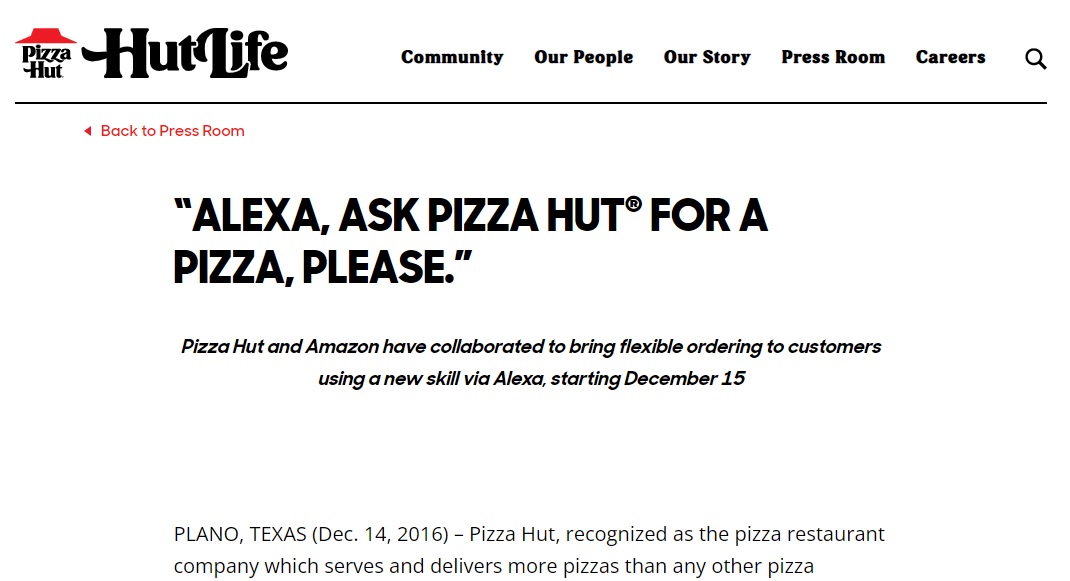
In 2016, Yum! Brands Inc., the owner of the largest chain of pizzerias in the world, Pizza Hut, collaborated with Amazon’s Alexa to allow users to voice order pizza deliveries and, in doing so, gained huge attention from the press and social media. Now, Alexa and other smart devices are commonplace and don’t warrant huge attention – but innovation is always key.
Providing consumers with an immersive and rich experience is a guaranteed way to reach them on a new level and provide customer education and a greater product understanding. A great example of this was Virgin Atlantic’s innovative use of VR, allowing prospective holidaymakers to tour high-end resorts via virtual reality. Potential customers wandered around the bars and swimming pools, sampling hotel rooms and resort attractions before booking a destination holiday with the travel giant. These tours provided a much deeper education, ultimately leading to a higher conversion or success rate and sale.
Like all advertising and sales efforts, innovation is key, and brands should strive to lead the technology curve rather than chase it. As discussed, followers do not receive the vast benefits of viral or news-worthy campaigns; only leaders get that privilege, providing an enormous competitive advantage.
Challenges of Using AR and VR in Content Marketing
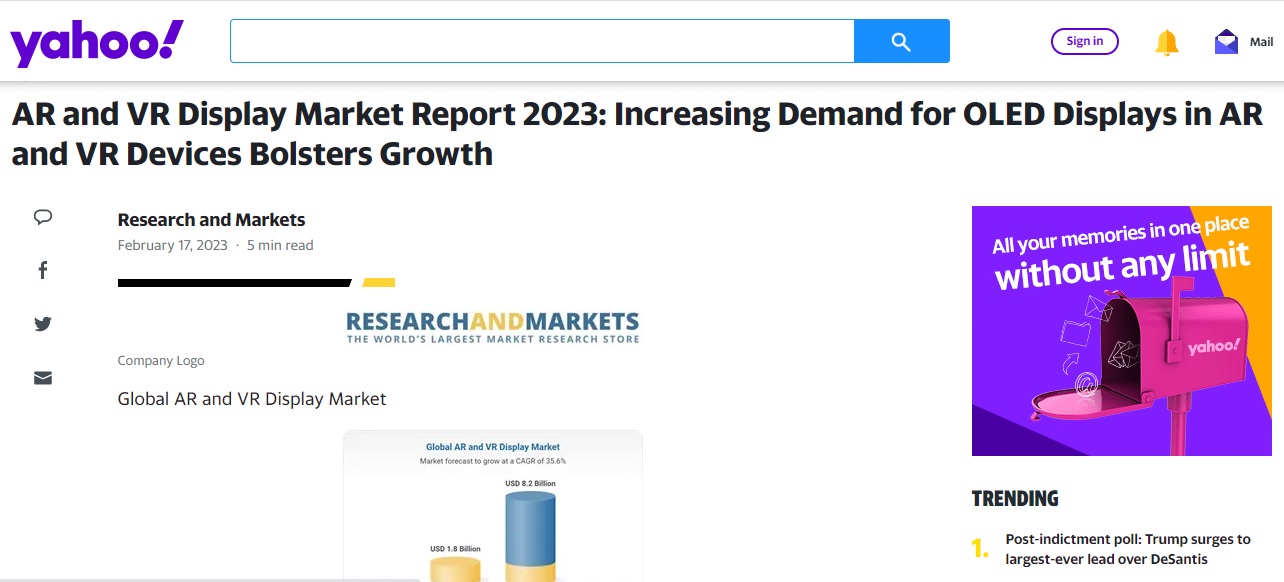
Like most robust marketing campaigns, AR and VR experiences do not come with a small price tag. The entire industry’s worth is estimated at $1.8 billion, with a forecasted growth trajectory of 35% to over $8 billion by 2028. However, the investment in innovative campaigns is worth the overhead in return for profit. The challenge of a highly technical marketing campaign is that you need a highly technical team to design and roll out the immersive ad. There are no shortages of third-party AR/VR developers advertising their skill sets.
Depending upon the style and delivery of said advertisement, there is a possible challenge surrounding the limited user ability – for fully immersive experiences, there are only so many headsets and agents to walk customers through the program. This is still an area of growth.
Like most apps and ads, AR/VR applications will require consistent maintenance, monitoring, and upgrades as technology and software evolve. The experts you hire to develop the campaign material will need to be retained after the launch to ensure the product runs as it should. Glitches and outages happen; however, you need to have a critical response time window contractually laid out with the developers to ensure a timely resolution. This is another operational cost impact that has to be evaluated for the budget.
Best Practices for Integrating AR and VR in Content Marketing
When rolling out a brand-new and high-cost campaign, you must establish a definitive set of goals and objectives before commencing the project. The purpose of the content needs to be relevant to the industry, helpful to the consumer, and provide deeply engaging content.
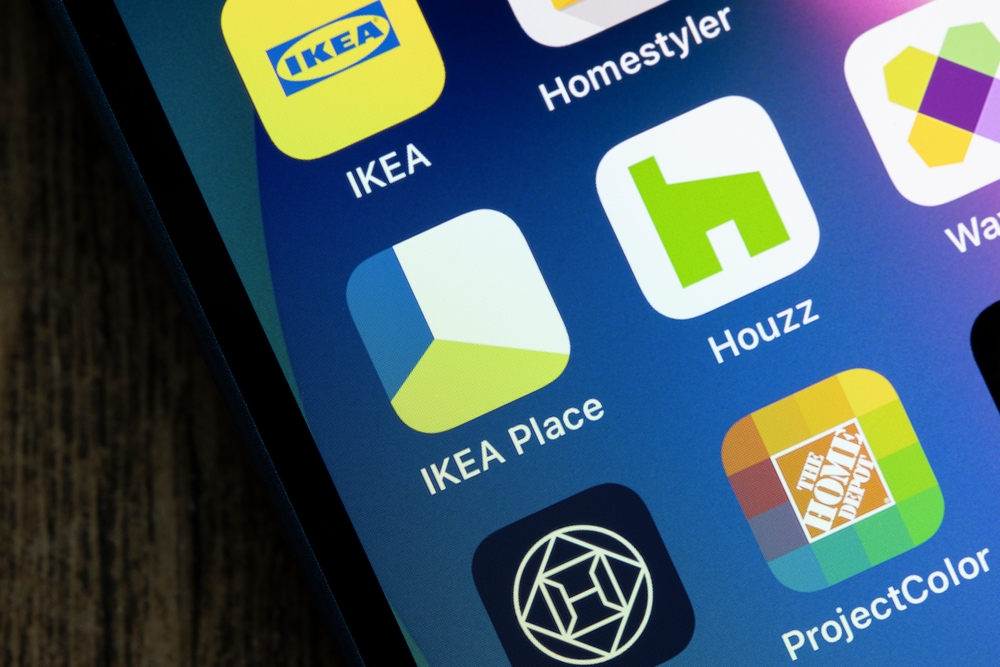
IKEA was one of the first furniture stores to invest in AR within its app, where shoppers could see what pieces of furniture would look like in their homes. The concept of bringing the store to the consumer’s home intensified! Cleverly, the app served cross-functional benefits, and shoppers could share the images on other social media platforms to gain friends’ opinions, thus increasing brand and product awareness.
Like the IKEA app, the product needs to be intuitive to ensure customer ease of use, and it needs to be shareable across multiple social media platforms. The purpose of this is a compounding effect; your consumers start promoting for you!
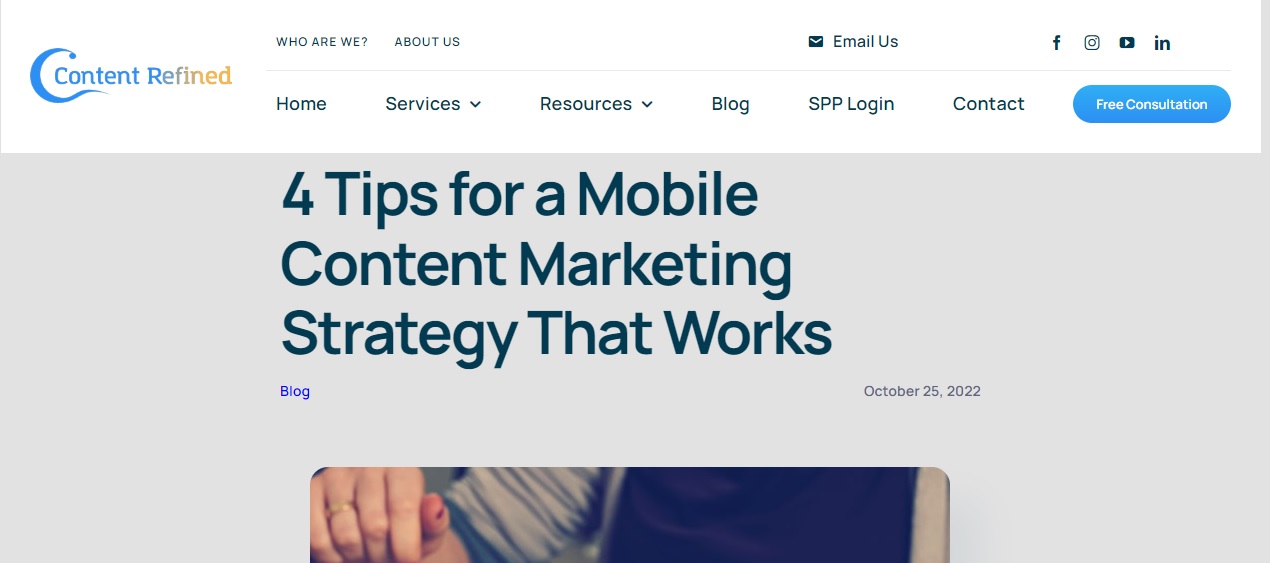
Once your content is launched and live, it is imperative to be able to access the content from every social media platform supported by your company to ensure that it reaches as many consumers as possible. Again, as referenced earlier, it is essential that you have technical support for the product 24/7 to address glitches and issues, especially throughout the first few days and once traffic increases.
Applications of AR and VR in Content Marketing

When rolling out a campaign, it is imperative that staffing is planned carefully to support the consumers wishing to participate in the interactive and immersive experience. Adidas in China staged a concept called “Vertical Reality,” where shoppers were invited to experience a challenging mountain climb. The experience was strategically positioned outside of retail stores and highlighted the cutting-edge technical climbing apparel sold by the sportswear giant.
According to LinkedIn, 75% of the world’s most valuable brands have some form of VR/AR campaign or feature. Immersive technologies allow brands to share their story and ethos visually. The Adidas campaign connected people to the core focus of Adidas – apparel for adventurous lifestyles – and was suddenly available to those who perhaps would never be able to experience that mountaintop feeling for themselves.
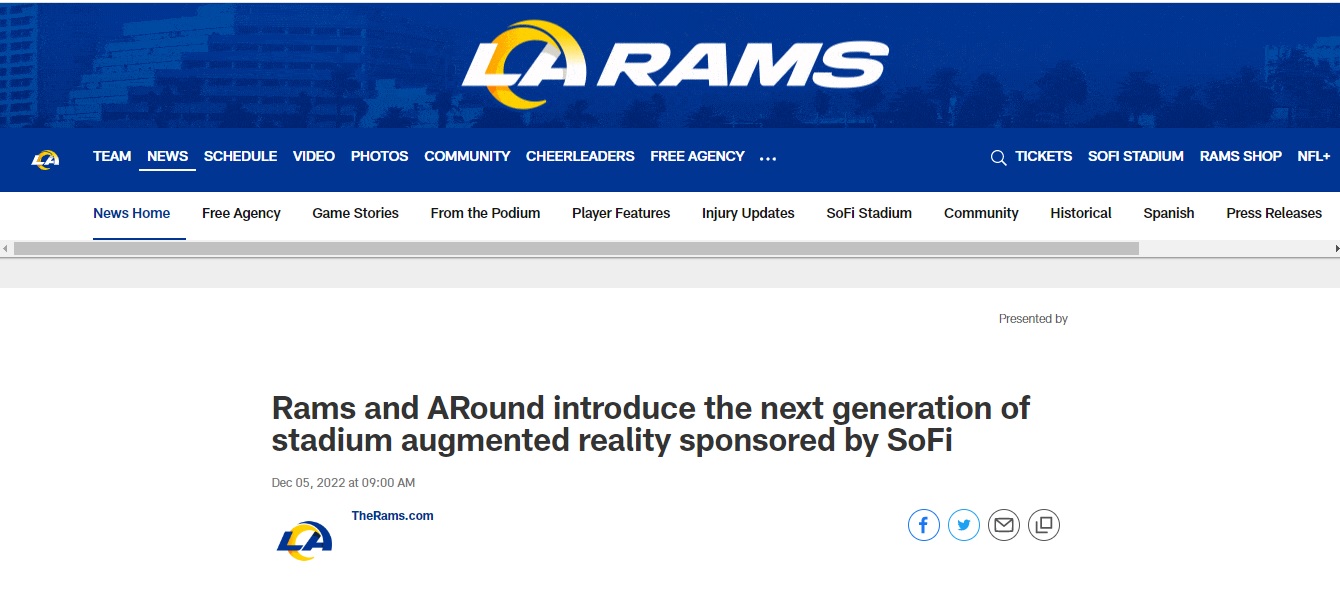
Location-based marketing and advertising is another fast-growing avenue. You might be familiar with crowds gathering to play Pokémon Go, and the concept is catching on. Any large real estate area is now considered for a VR playground where full-scale real adventures are being played out – it’s a marketing dream! Similarly, SoFi Stadium, home of the Rams, recently launched a full-stadium immersive and collective experience connected through smartphones. 3D figures of the players and mascot danced across the field to celebrate touchdowns!
FAQs
How does AR/VR enhance user engagement?
AR/VR experiences massively engage the consumer as they are immersed into the brand’s view of the world, concept, and ethos. Like putty in your hands, the audience comes to the advertiser.
What is the cost of developing AR/VR Content?
Depending on the scale of the marketing campaign or product, it is expected to be a significant capital cost for a company due to the technical nature of the development. As outlined, there will be constant monitoring, software upgrades, and possible outage remediation that will require 24/7 support.
Can companies measure the success of AR/VR marketing?
This is a tricky question, but ultimately yes – if the goal is measured in revenue. It is tougher to assess if the goal is to raise brand awareness and share a story. If the campaign is planned correctly with specific criteria and objectives, then it should be possible to measure those goals.
What types of businesses can benefit from AR/VR marketing?
Due to the cost and complexity of this type of marketing, it is best suited for a company with the overhead and risk assurance for this type of investment. Retail, leisure, and hospitality are ideal for this type of campaign.
Conclusion
There are some thought leaders out there who advocate that VR and AR marketing is a short-lived, flash-in-the-pan type of deal. After reviewing the viral success of a few well-thought-out campaigns, it is clear that this area has enormous value and future growth. With an experienced team and a well-planned and executed campaign, success will surely ensue.


